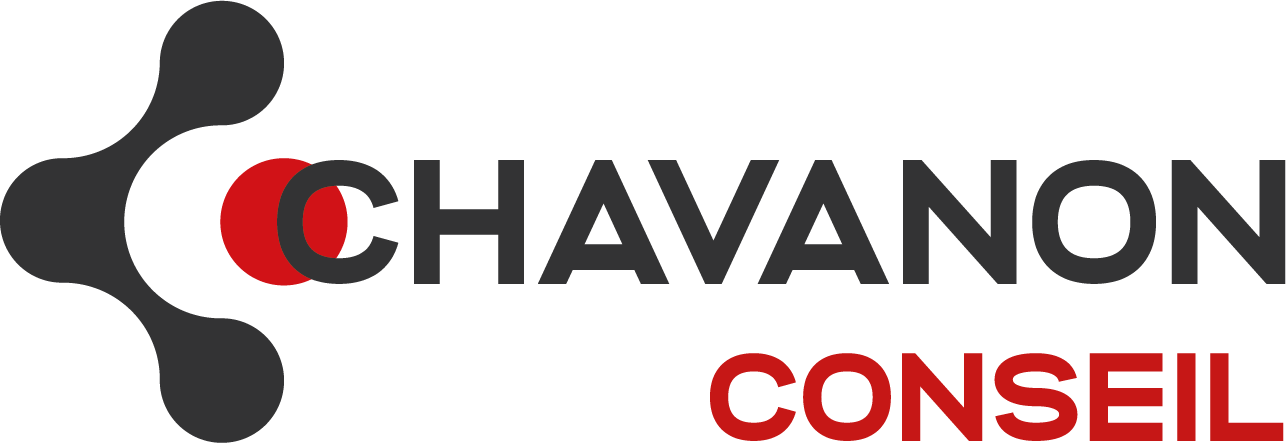Fire in a butyl acrylate tanker on June 1st, 2021 near Metz.
60 firefighters to manage the chemical risk."
The chemical risk managed by 60 firefighters
The fire mobilized 30 gendarmes, 1 helicopter, 60 firefighters, and more than 30 SDIS vehicles.
Butyl acrylate is mainly used in polymer production.
Classification of butyl acrylate under ADR regulations:
According to ADR regulations, this product belongs to class 3, flammable liquid. Its Flash Point is 36°. As a reminder, (especially for those I had the pleasure of training in ADR 1.3!), the Flash Point corresponds to the temperature at which the liquid releases vapors that, when mixed with air, ignite upon contact with a heat source. It belongs to Packaging Group III.
Regulation of butyl acrylate:
The particularity of butyl acrylate comes from the fact that it is transported in the "Stabilized" state. Stabilization of a product is ensured either by temperature regulation or by the addition of chemical inhibitors, which however will require temperature regulation if the temperature exceeds 55°.
Butyl acrylate (UN2348) is chemically stable under normal ambient conditions. It is generally stabilized with ethyl ether of hydroquinone. This product does not need to be thermally regulated. The investigation will determine the origin of the fire. The company's Safety Advisor will also establish the accident analysis, define an action plan to control this type of risk, and transmit it to the services of the DREAL Grand-Est.
Quick reminder on temperature regulation:
Regulation concerns self-reactive substances (class 4.1), organic peroxides (class 5.2), and substances stabilized by temperature regulation. The product is characterized by its SADT (Self-Accelerating Decomposition Temperature) or its SAAT (Self-Accelerating Polymerization Temperature).
We then define a regulation temperature (10° below the SAAT for tankers) and a critical temperature (5° below the SAAT). The liquid must not be transported below the regulation temperature. Emergency procedures must be applied as soon as the critical temperature is reached.
This regulation applies to products transported in tankers with an SAAT of <45°. For butyl acrylate, the SAAT is above 50°.
Photos: RL / Daniel GUFFANTI - Source


 A unique communication solution at the service of businesses
A unique communication solution at the service of businesses